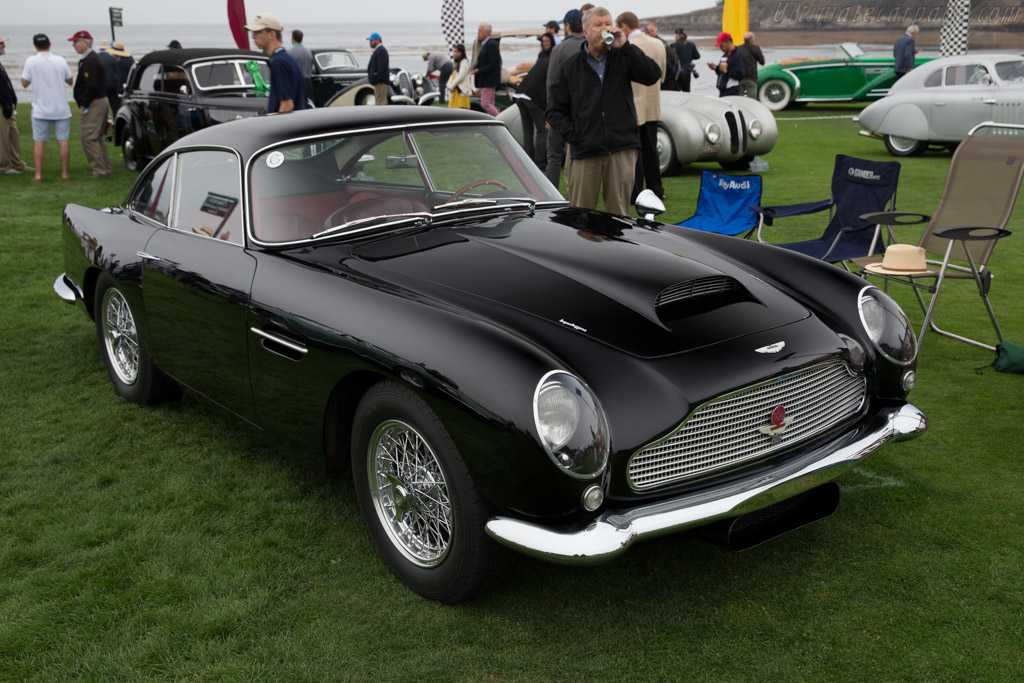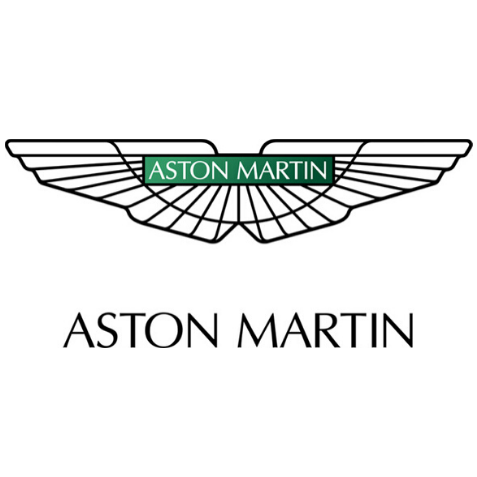1959 Aston Martin DBR1

The descriptions of the Classic Cars in the Directory were partly generated or supplemented with the help of artificial intelligence (AI). The content may occasionally not always be entirely accurate or factually correct despite careful checking.
The Aston Martin DBR1 is a British-built sports racing car that was designed specifically for endurance racing. The DBR1 was first introduced in 1956 and went on to become one of the most successful race cars of its time. In 1959, the DBR1 became even more successful, winning both the Le Mans 24-hour race and the World Sportscar Championship.
The DBR1 was built on a tubular steel frame chassis and featured a bodywork made of lightweight aluminum. The car was outfitted with a double-wishbone suspension system at the front and rear, which gave the car impressive handling characteristics. The DBR1 ran on 15-inch wire wheels and was equipped with disc brakes at all four corners.
Under the hood, the Aston Martin DBR1 was powered by a 2.9-liter straight six engine. The engine was designed by the legendary engine designer, Tadek Marek, and was capable of producing 255 horsepower at 6,500 RPM. The engine was mated to a five-speed manual transmission, which sent power to the rear wheels. The combination of power and light weight made the DBR1 a formidable competitor on the track.
The DBR1 had a top speed of 180 MPH and could accelerate from 0 to 60 MPH in just 7 seconds. These impressive numbers were achieved in large part due to the car's lightweight design, which helped to improve its power-to-weight ratio. The car also featured a low center of gravity, thanks to its optimal weight distribution, which further improved its handling characteristics.
One of the standout features of the Aston Martin DBR1 is its aerodynamics. The car was designed with a focus on reducing drag and increasing downforce. The car's bodywork featured a long, pointed nose, a short rear section, and a tall tail. The car's bodywork also featured several aerodynamic features, including a rear spoiler and a vented hood. These design features helped to improve the car's stability at high speeds and allowed it to corner with incredible precision.
Overall, the Aston Martin DBR1 is a masterclass in sports car engineering. It was designed with a focus on lightweight, high-speed performance, and aerodynamics, and it delivered exceptional results on the track. Today, the DBR1 remains one of Aston Martin's most iconic models and a timeless symbol of the company's rich racing heritage.
Milestones
- 1956: Aston Martin begins development of the DBR1 race car - 1957: The DBR1 makes its debut at the Spa-Francorchamps race in Belgium - 1958: The DBR1 wins its first major race, the Nürburgring 1000km - 1959: The DBR1 wins the 24 Hours of Le Mans, with drivers Carroll Shelby and Roy Salvadori - 1959: The DBR1 wins the RAC Tourist Trophy race at Goodwood, with drivers Stirling Moss and Jack Fairman - 1960: The DBR1 wins the 1000km Buenos Aires race, with drivers Moss and Salvadori - 1960: The DBR1 wins the ADAC 1000km race at Nürburgring, with drivers Moss and Salvadori - 1960: Aston Martin retires the DBR1 from racing to focus on development of the DB4 GT.Technical
- Powertrain: 2.9-liter DOHC inline-six engine - Horsepower: 250 hp - Torque: 240 lb-ft - Transmission: four-speed manual - Chassis: tubular steel frame with independent front suspension and live rear axle - Brakes: Girling disc brakes in the front and drums in the rear - Body: hand-built aluminum body designed by Carrozzeria Touring of Milan - Dimensions: 13.95 feet long, 5.61 feet wide, and 3.45 feet tall - Weight: approximately 1,540 pounds - Top speed: over 180 mph - Race victories: 1959 24 Hours of Le Mans, 1959 Nürburgring 1000 KM, and 1959 Tourist Trophy.